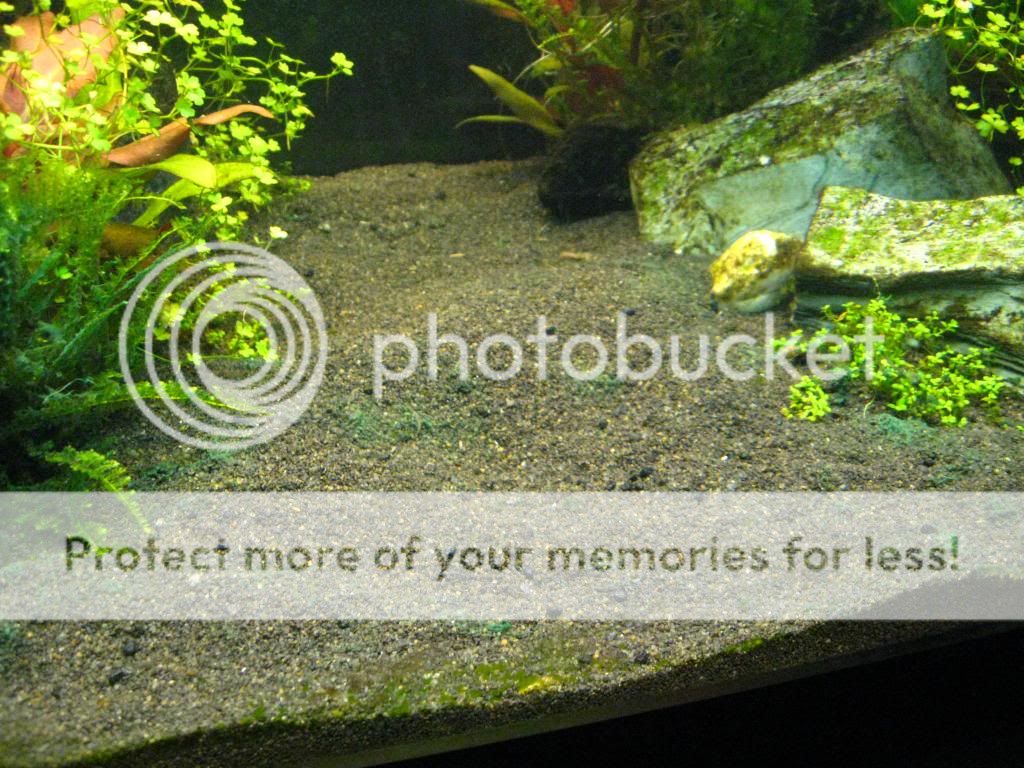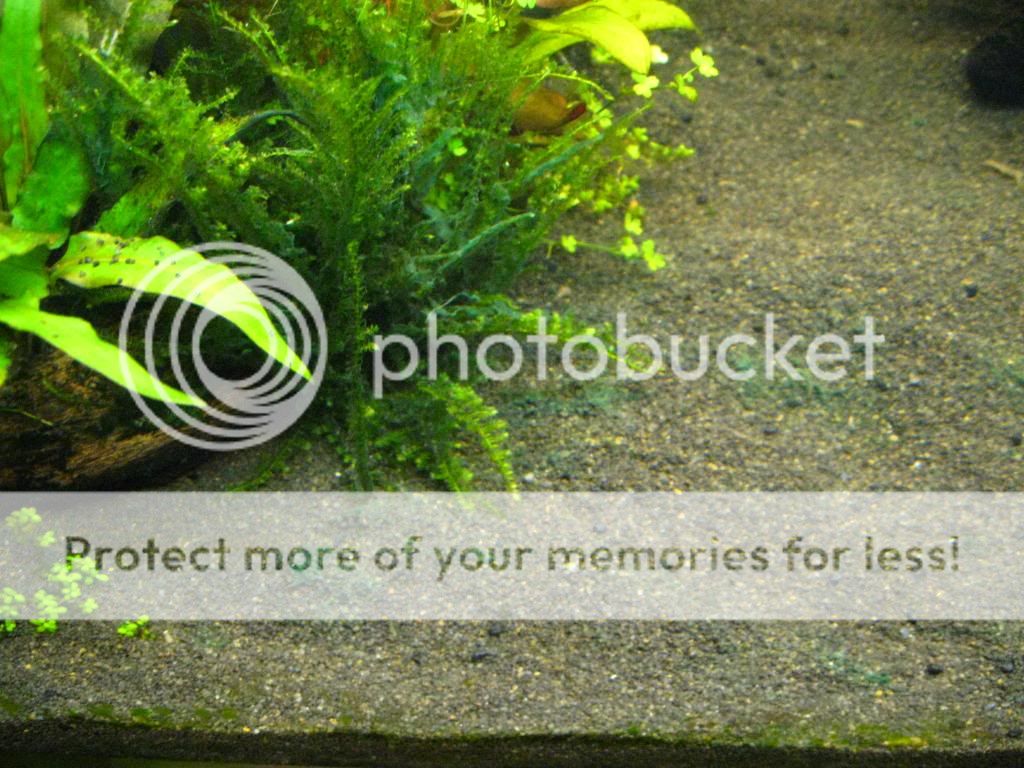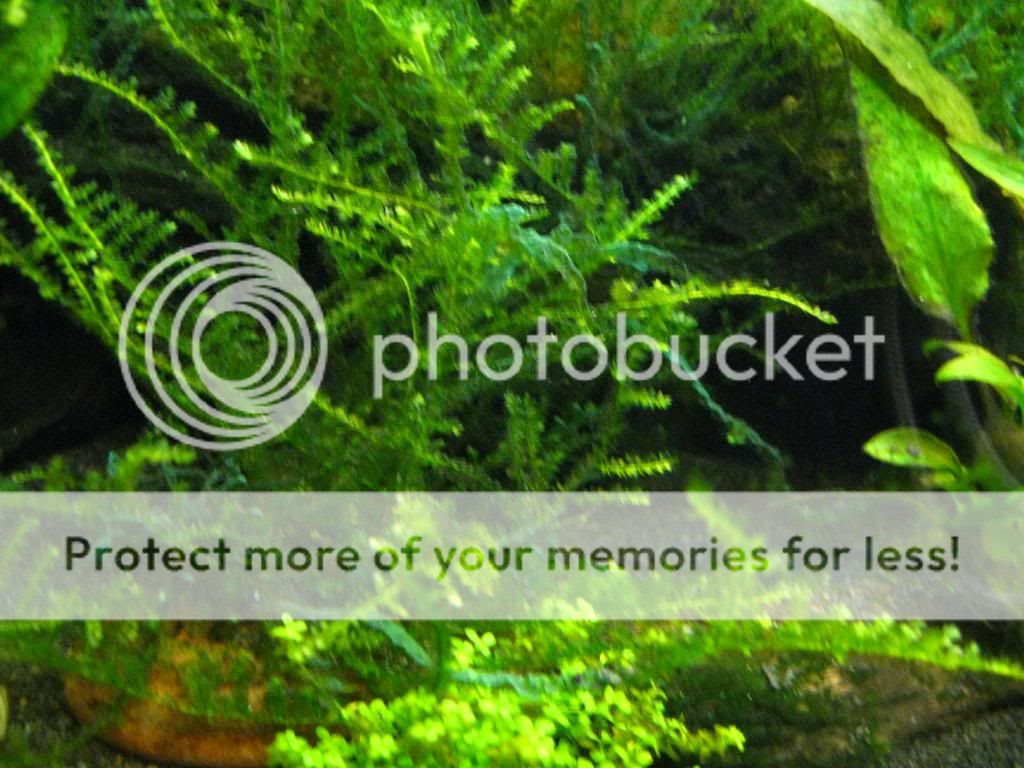This is the third time this happens in 4-5 years and multiple tanks. As soon as I add a few live plants suddenly the aquarium gets covered in green algae.
I have had a plec for a few years he is around 3 inches now but there is only so much he can do. I use a brush to clear the glass, it's very easy, but I can not do much for the white stones and pure white ornaments which are currently white-green!
I got a few snails today, I think they are called bladder snails but maybe wrong, I was told they eat algae more than the plecs. So they do, I can see them working hard today, but I do not think they can cut it either.
Contrary to another post I read, that live plants inhibit algae, in my case, live plants introduce algae!
A method I have heard about is UV light inside the water filter. My current filter does not have a UV lamp but I know some do. Would that eliminate/reduce algae?
A sure-fire method I have tried, but very hard to do, is to remove all fish, remove all water, spray the insides with hot water, within 2 days everything white will become white again!
In the meantime if you know of a better method please let me know.
Thanks
I have had a plec for a few years he is around 3 inches now but there is only so much he can do. I use a brush to clear the glass, it's very easy, but I can not do much for the white stones and pure white ornaments which are currently white-green!
I got a few snails today, I think they are called bladder snails but maybe wrong, I was told they eat algae more than the plecs. So they do, I can see them working hard today, but I do not think they can cut it either.
Contrary to another post I read, that live plants inhibit algae, in my case, live plants introduce algae!
A method I have heard about is UV light inside the water filter. My current filter does not have a UV lamp but I know some do. Would that eliminate/reduce algae?
A sure-fire method I have tried, but very hard to do, is to remove all fish, remove all water, spray the insides with hot water, within 2 days everything white will become white again!
In the meantime if you know of a better method please let me know.
Thanks


 /www.aquaticscape.com/articles/algae.htm
/www.aquaticscape.com/articles/algae.htm

